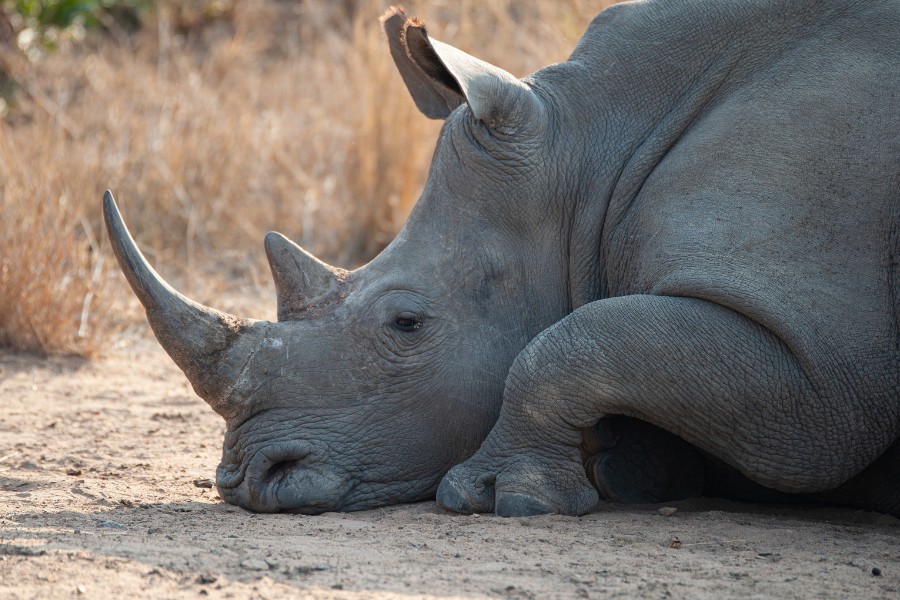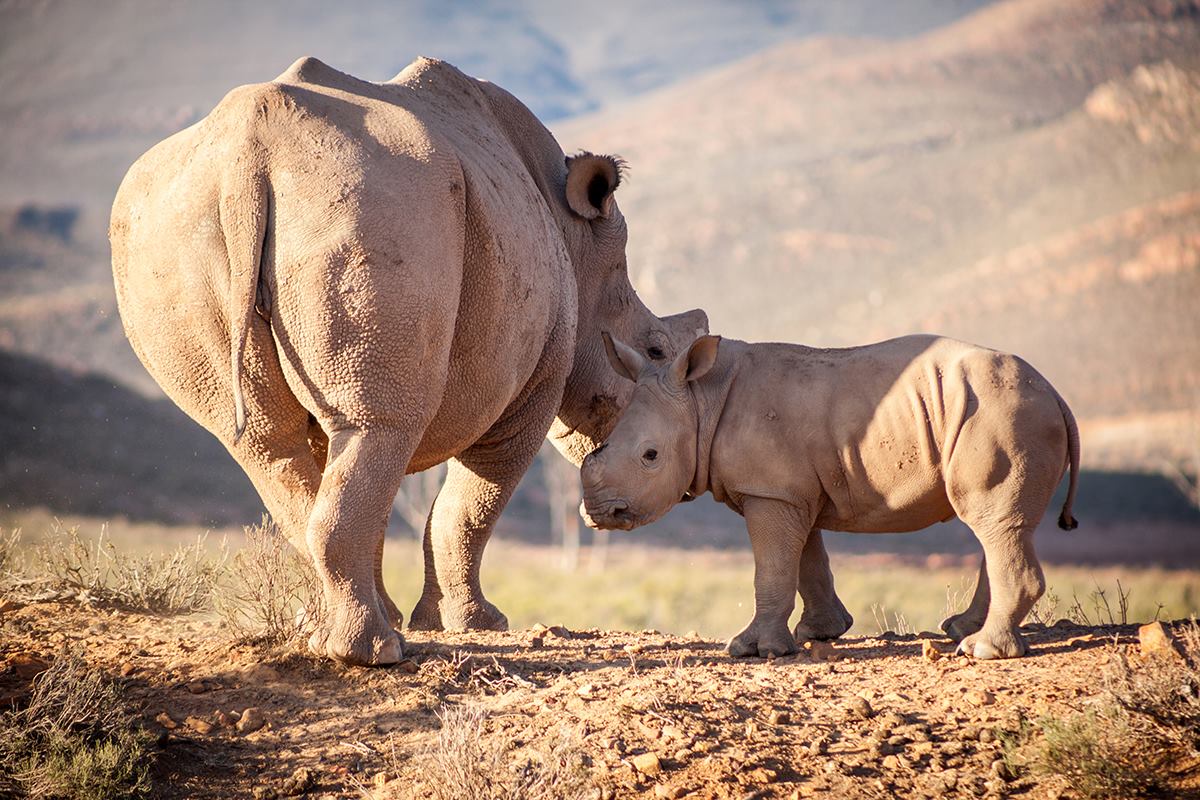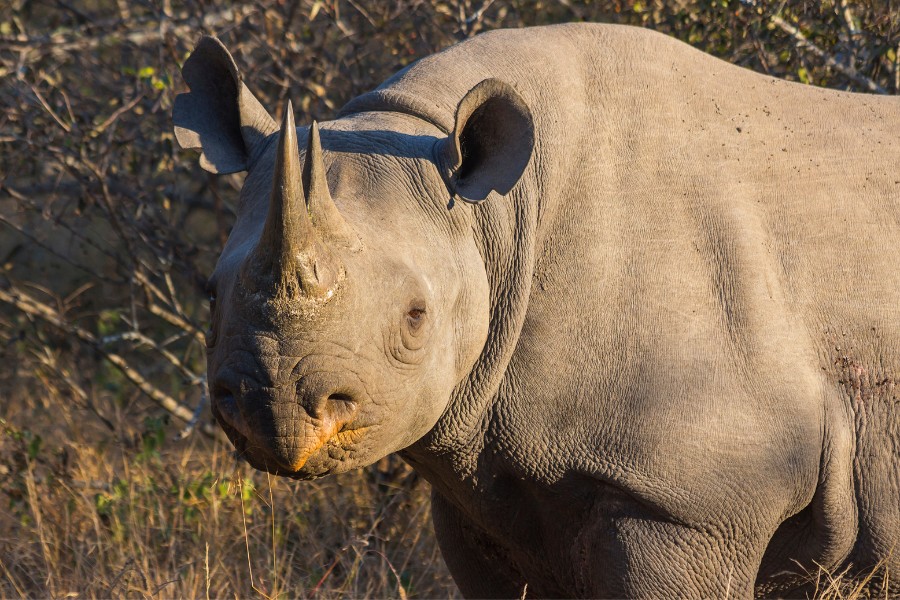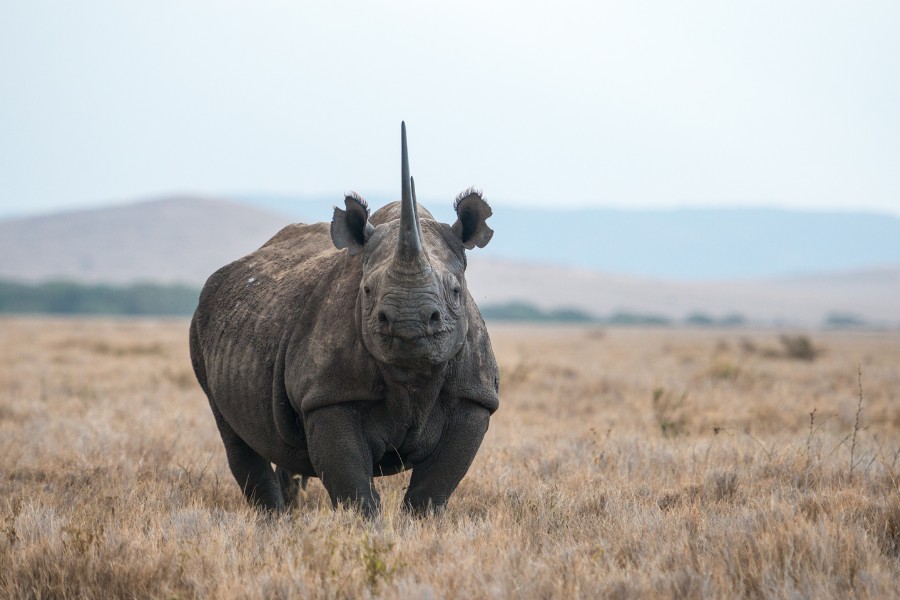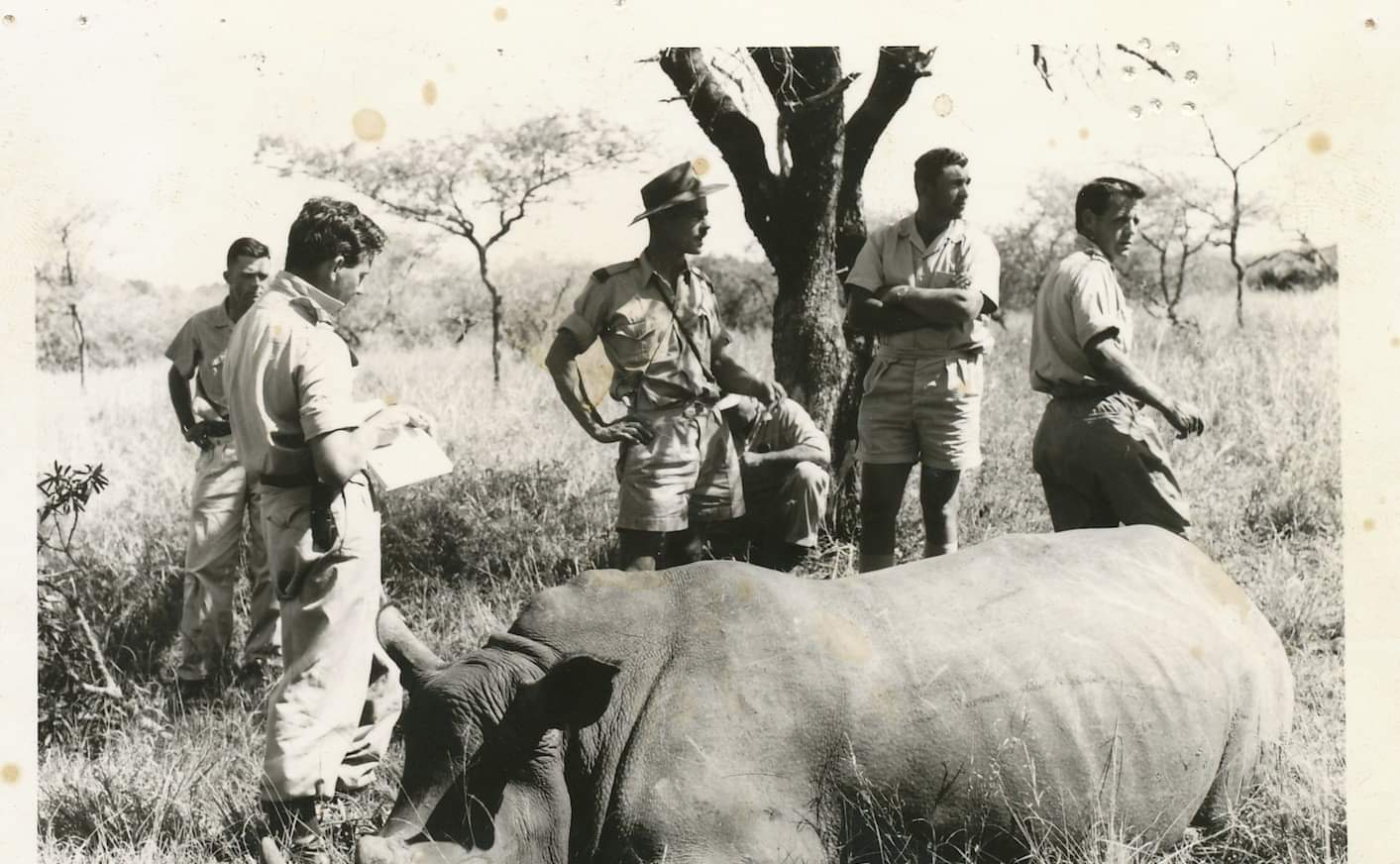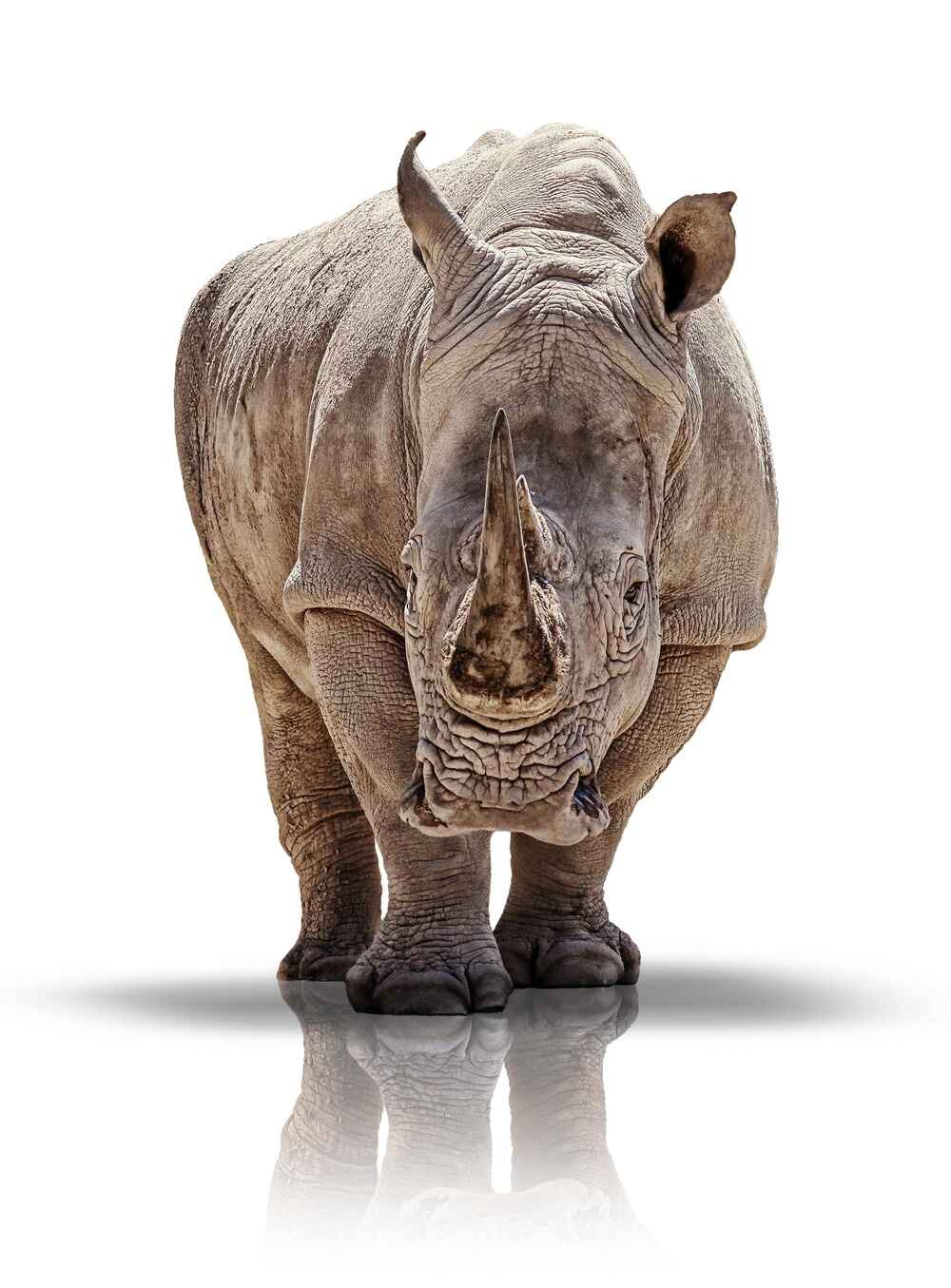After decades of poaching and an increasing loss of habitat, It’s no secret that time is running out for South Africa’s rhinos. Today, the future of rhinos in southern Africa continues to hang in the balance, with a new study painting a grim picture if we fail to address the threat of climate change. Highlighted on KFM and Primedia+, the article was published in the Conversation on February 16, 2024. New research, led by Professor Timothy Randhir of UMass Amherst, warns that rhinos could be completely wiped out from the region’s national parks by 2085 if the world follows the worst-case scenario for climate change.
Why are Rhinos at Risk?
Unlike us, rhinos can’t sweat. They rely on wallowing in water holes and seeking shade to regulate their body temperature. Rising temperatures and decreasing rainfall, hallmarks of climate change, threaten their ability to stay cool, pushing them towards the brink.
Read the full Article: Rhinos Can’t Sweat
The Worst-Case Scenario: No Room for Rhinos
The study analyzes two potential climate futures based on the Intergovernmental Panel on Climate Change’s Representative Concentration Pathways (RCPs). The more optimistic RCP 4.5, with a projected global temperature increase of 2.4°C by 2100, allows for rhino survival, albeit with challenges. However, the alarming RCP 8.5, characterised by high greenhouse gas emissions and a 4.3°C temperature rise, paints a bleak picture: no chance of rhino survival in southern Africa.
The study doesn’t just sound the alarm; it offers a roadmap for action. Governments and park authorities must “build resilience into the system” through immediate measures like:
1. Creating more water sources
Providing rhinos with readily accessible water holes will be crucial for their survival in a hotter, drier climate. A lack of fresh water is often the first thing people think about when they consider the effects of global warming. But, did you ever stop and think about what would happen to the animals and birds who rely on the dams, rivers and streams just as much as we do? Creating and building more water sources for wildlife has become an increasingly important task. Animals will only migrate or live where water is available. So, having a supply of fresh and accessible water often marks the difference between whether wildlife is present in an area, or not.
2. Establishing undisturbed tree cover
Large patches of trees offer vital shade, helping rhinos regulate their temperature. Establishing a undisturbed tree cover will not only help the rhinos, but provide much needed sources of shelter, food, and nesting sites for native animals and birds in the area. And, in a world where urbanisation is ever-expanding, planting more trees is always a good idea.
3. Setting up corridors for movement
Connecting national parks through natural corridors and vegetation pathways will allow rhinos to migrate to more favourable habitats as climate patterns shift. In truth, the creation of natural pathways and wilderness areas is not a new idea, but it is one we need to implement more and more often. Creating natural pathways between wildlife reserves, allowing for the free movement of large game and roaming herds, is a positive step towards Africa’s wildlife being able to move freely between different climates, navigate seasonal terrains, and follow their natural migratory instincts through a protected and connected environment.
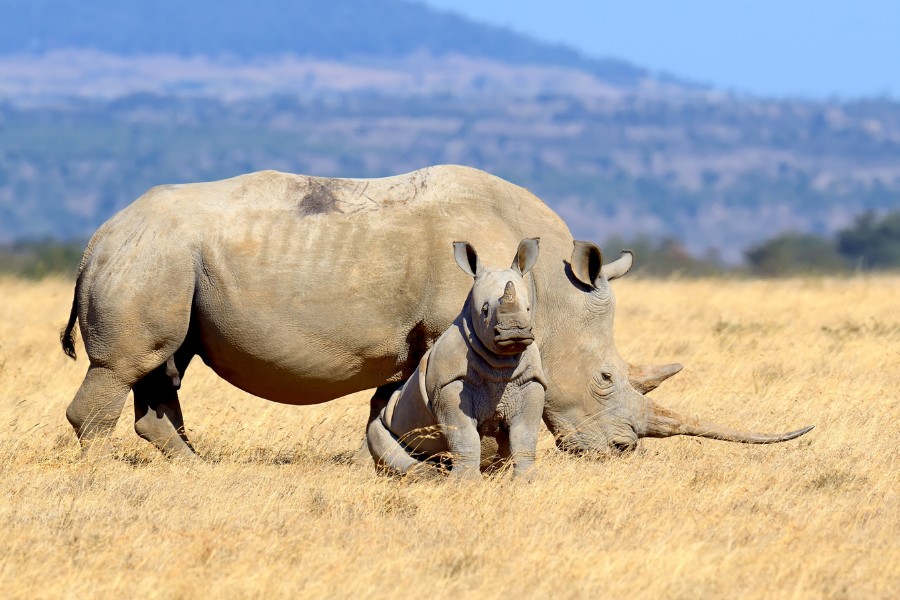
Also Read: Join the Charge Against Wildlife Poaching on Rhino Day, 2023
What You Can Do to Help
Protecting rhinos goes beyond their intrinsic value. They play a vital role in maintaining healthy ecosystems, benefiting countless other species and providing us with invaluable ecological services. Shifting our mindset to view rhinos as essential components, rather than simply economic assets, is crucial for their survival and ours.
The future of rhinos in southern Africa is uncertain, but it’s not beyond our control. By taking action together, we can ensure that these magnificent creatures continue to roam free for generations to come. Let’s make their future a brighter one.

